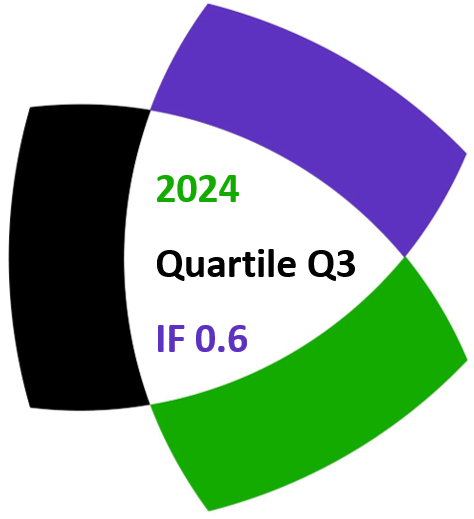A. G. Shannon
Notes on Number Theory and Discrete Mathematics, ISSN 1310–5132
Volume 14, 2008, Number 2, Pages 15–20
Full paper (PDF, 40 Kb)
Details
Authors and affiliations
A. G. Shannon ![]()
![]()
Raffles College of Design and Commerce, North Sydney, NSW 2060, &
Warrane College, University of New South Wales, NSW 1464, Australia
Abstract
This paper outlines the pioneering work of Juan Pascal-Leone’s investigations of the cognitive load of learners. It utilized a recursive scheme in a Piagetian cognitive development framework to measure the maximum number of discrete “chunks” of information or schemes that our working memory can process, control or integrate at any one time. Pascal-Leone further designed a new compound-stimuli visual information type of task for testing his theories quantitatively. The stochastic model used for his predictions was the Bose–Einstein occupancy model of combinatorial analysis.
Keywords
- Piaget
- Bose–Einstein
- Schemas
- Cognitive load
- Schemata
- Motoric responses
- Attending acts
- Set measure
References
- Allen, AL, AG Shannon. Note on a Category Model for an Abstraction Mechanism.Psychological Reports. 27, 1970: 591-594.
- Chandler, P, L Sweller. Cognitive Load Theory and the Format of Instruction. Cognition and Instruction, 8,1991: 293-332.
- Chiofalo, Christopher. Practical Implications of Cognitive Load. Raffles Backgrounders. No. 119, March 2008.
- Feller, W. An Introduction to Probability Theory and Its Applications. Volume 1. New York: Wiley, 1957.
- Halford, Graeme S, William H Wilson. A Category Theory Approach to Cognitive
Development. Cognitive Psychology. 12, 1980: 356-411. - Hallpike, CR. The Foundations of Primitive Thought. Oxford: Clarendon Press, 1979.
- Inhelder, B, J. Piaget. The Growth of Logical Thinking from Childhood to Adolescence. New York: Basic Books, 1958.
- Manly, BFJ, AL Allen, AG Shannon. An Analogical Replication of a Piagetian
Experiment on New Guineans. Malaysian Journal of Education, 11,1974: 77-84. - Miller, George A. The Magical Number Seven, Plus or Minus Two: Some Limits on our Capacity for Processing Information. The Psychological Review, 63, 1956: 81-97.
- Paas, F, A Renkl, J Sweller. Cognitive Load Theory and Instructional design: Recent Developments in Education, Educational Psychologist, 38, 2003: 1-4.
- Paas, F, A Renkl, J Sweller. Cognitive Load Theory: Instructional Implications of the Interaction between Information Structures and Cognitive Architecture. Instructional Science, 32, 2004: 1-8.
- Pascual-Leone, Juan. A Mathematical Model for the Transition Rule in Piaget’s
Developmental Stages. Acta Psychologica, 32 (1970): 301-345. - Sullivan, EV. Piaget and the School Curriculum. Toronto: Ontario Institute for Studies in Education, 1967.
- White, F, В Hayes, D Livesey. Developmental Psychology from Infancy to Childhood.
Related papers
Cite this paper
Shannon, A. (2008). An interpretation of Pascual-Leone’s discrete mathematical model of human information processing capacity. Notes on Number Theory and Discrete Mathematics, 14(2), 15-20.


